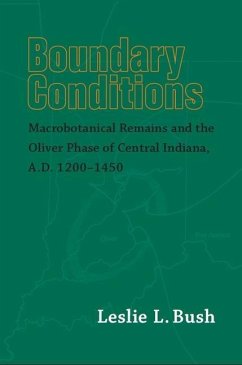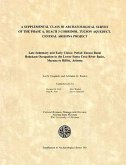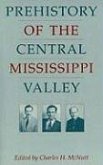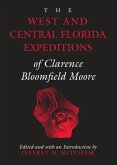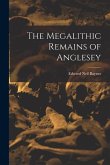Leslie L. Bush's "Boundary Conditions" explores the extent to which foodways, an important marker of group identity, can be recognized in charred macrobotanical remains from archaeological sites. From analysis of mere bits of burned plants we can discern what ancient people chose to eat, and how they cooked it, stored it, and preserved their food. Leslie Bush compares archaeobotanical remains from 13 Oliver Phase sites in Indiana to other late prehistoric sites through correspondence analysis. The Oliver area is adjacent to the territories of three of the largest and best-known archaeological cultures of the region--Mississippian, Fort Ancient, and Oneonta--so findings about Oliver foodways have implications for studies of migration, ethnogenesis, social risk, and culture contact. Historical records of three Native American tribes (Shawnee, Miami, and Huron) are also examined for potential insights into Oliver foodways. She finds that the uniqueness of the Oliver botanical pattern lies in the choice of particular crops, the intensity of growing versus gathering, and the use of a large number of wild resources. "["Boundary Conditions"] presents a clear, well-written, and--most important--integrative approach to exploring the cultural significance of archaeological plant remains. The regional perspective and the application of correspondence analysis in examining data patterning are especially laudable aspects of the study."--William Green, Director of the Logan Museum of Anthropology, Beloit College Leslie Bush is an independent consulting archaeobotanist and Research Associate with the Glenn A. Black Laboratory of Archaeology at Indiana University.

